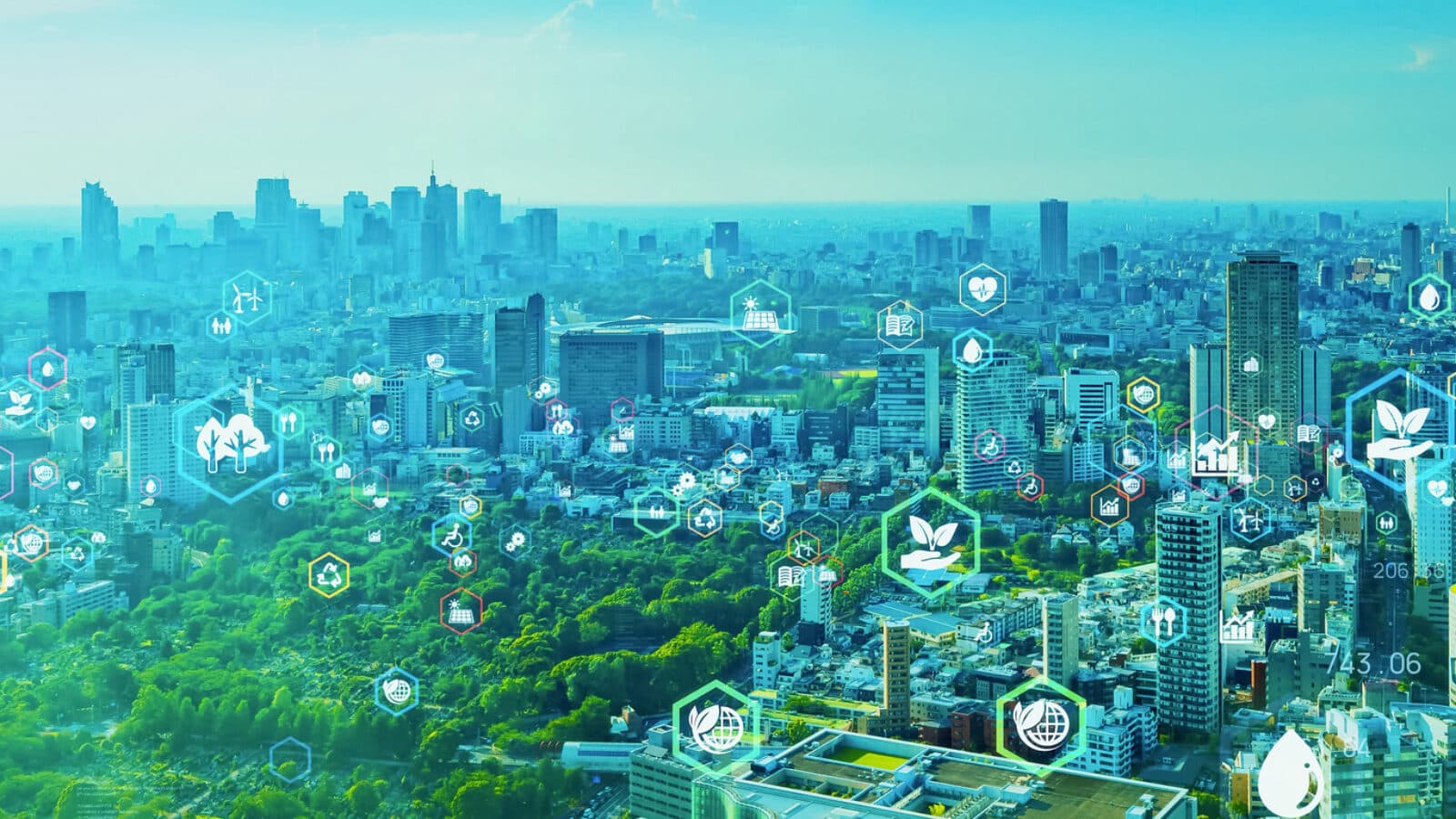Cynthia Friend Keynotes Nano4EARTH
Enabling a Sustainable and Secure Future

At the inaugural workshop of the U.S. Government’s Nano4EARTH challenge, Dr. Cynthia Friend, gave a keynote address on the central role that nanoscience and nanotechnology can play in addressing issues in energy, the environment and climate change mitigation. Nano4EARTH is a National Nanotechnology Challenge that aims to mobilize the nanotechnology community to help address global issues. The challenge was announced
last year by the White House Office of Science and Technology Policy and the National Nanotechnology Initiative on National Nanotechnology Day (October 7).
To energize a wide-ranging community and build a foundation for the challenge, the National Nanotechnology Coordination Office organized the Nano4EARTH Kick-off Workshop in January 2023. More than 400 people across sectors, with diverse expertise and perspectives, participated in the event.
In her keynote address, Dr. Friend shared her perspective on the opportunities and challenges in developing a sustainable economy. Drawing from her experience as a scientist, a scientific advisor to the Department of Energy’s Basic Energy Sciences program, and as a leader of a science philanthropy, she shared four key challenges:
- Affordable and abundant clean water supplies
- Sustainable and secure food supplies
- Remediation of greenhouse gases to mitigate climate change
- Clean, reliable, and economical energy sources
Dr. Friend provided several examples where nanoscience and nanotechnology can be creatively applied to address these problems. One such example is the use of nanowire technology to increase the amount of lithium incorporated into smaller-sized batteries, providing more durability, reliability, and higher producing energy. Another is nanotechnology in device manufacturing to improve computing power, which can increase efficiencies in food production, among other benefits for various sectors. However, even with these advances such as these, she and others at the workshop repeatedly underscored the need for large-scale energy storage and the need for effective ways to tap into intermittent energy sources such as solar and wind, and other alternative energy sources.
To better understand future challenges and opportunities in nanoscience, specifically applied to energy, environment and climate change, Dr. Friend shared opportunities and challenges in two broad categories: 1) emerging nanoscience and 2) implementation, or the translation of basic research into an actual application.
“We need to have emerging, fundamental work in order to lay the groundwork for future applications – it’s essential that basic research be supported as the first step,” remarked Friend.
Emerging nanoscience can address several of the areas identified by the International Energy Agency’s Roadmap for the Global Energy Sector to reach Net Zero emissions by 2050. Some examples include carbon capture, energy utilization and storage, biofuels, CO2 capture, chemicals (including NH3 - agriculture), plastics, fuels, and more. On plastics alone there is immense opportunity. Only a few types of plastic are reliably recyclable – about nine percent worldwide. Dr. Friend cited one example of emerging basic nanoscience to help address this global problem with work led by Professor Ting Xu at UC Berkeley and the Kavli Energy NanoScience Institute. Xu’s approach could redefine biodegradable microplastics, as she developed a technology that breaks plastics down into molecules that feed soil bacteria and eliminate the challenge of microplastics. This is the first time anyone has developed a way to embed enzymes nanoscopically in plastics with such high levels of activity. The approach is highly effective and uses readily available commercial materials and techniques, which also makes it highly affordable.
Even with the exciting nanotechnology discoveries, like those of Professor Xu, and the necessity of emerging research, Dr. Friend acknowledged that it will not have the impact without implementation. “We must think beyond the lab,” stated Friend. “Because in order to go from fundamental science to widespread adoption that can have impact on our environment there are many steps – implementation and acceleration to market, workforce development, early engagement of society and the potential role of philanthropy.”
The engagement of society was a theme Dr. Friend emphasized throughout her keynote, explaining that early and consistent involvement with the public is vital to the adoption of the types of nanotechnologies that scientists are working so diligently to develop and implement. She explained that this is also relates to the foundation’s mission to strengthen the relationship between science and society. “We need to engage society early and consistently,” said Friend, “because we need to build trust and anticipation, especially if we’re going to accelerate the timeline for these developments.”
With regards to philanthropy, Dr. Friend discussed its potential role. She noted activities and partnerships such as convenings to identify gaps in knowledge of understanding; building on strengths of existing nanoscience centers and institutes, like the foundation does with its five Kavli Institutes in nanoscience; rapidly responding to new ideas by funding early-stage research; and brokering partnerships in a broad sense, across other philanthropies, government and philanthropy, and in some cases businesses to translate basic research into applications.
Through its own philanthropy, The Kavli Foundation will continue to support basic research in its four fields of focus: nanoscience, neuroscience, astrophysics, and theoretical physics. In nanoscience specifically, it is initiating funding beyond its Kavli Institutes and into new frontiers in nanoscience for sustainability in the coming months.